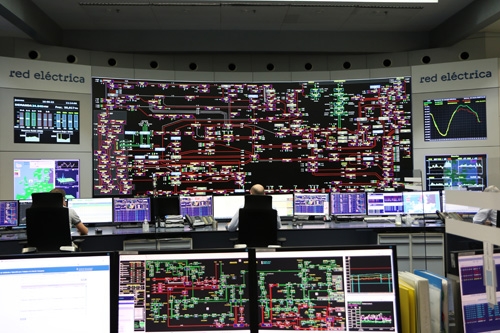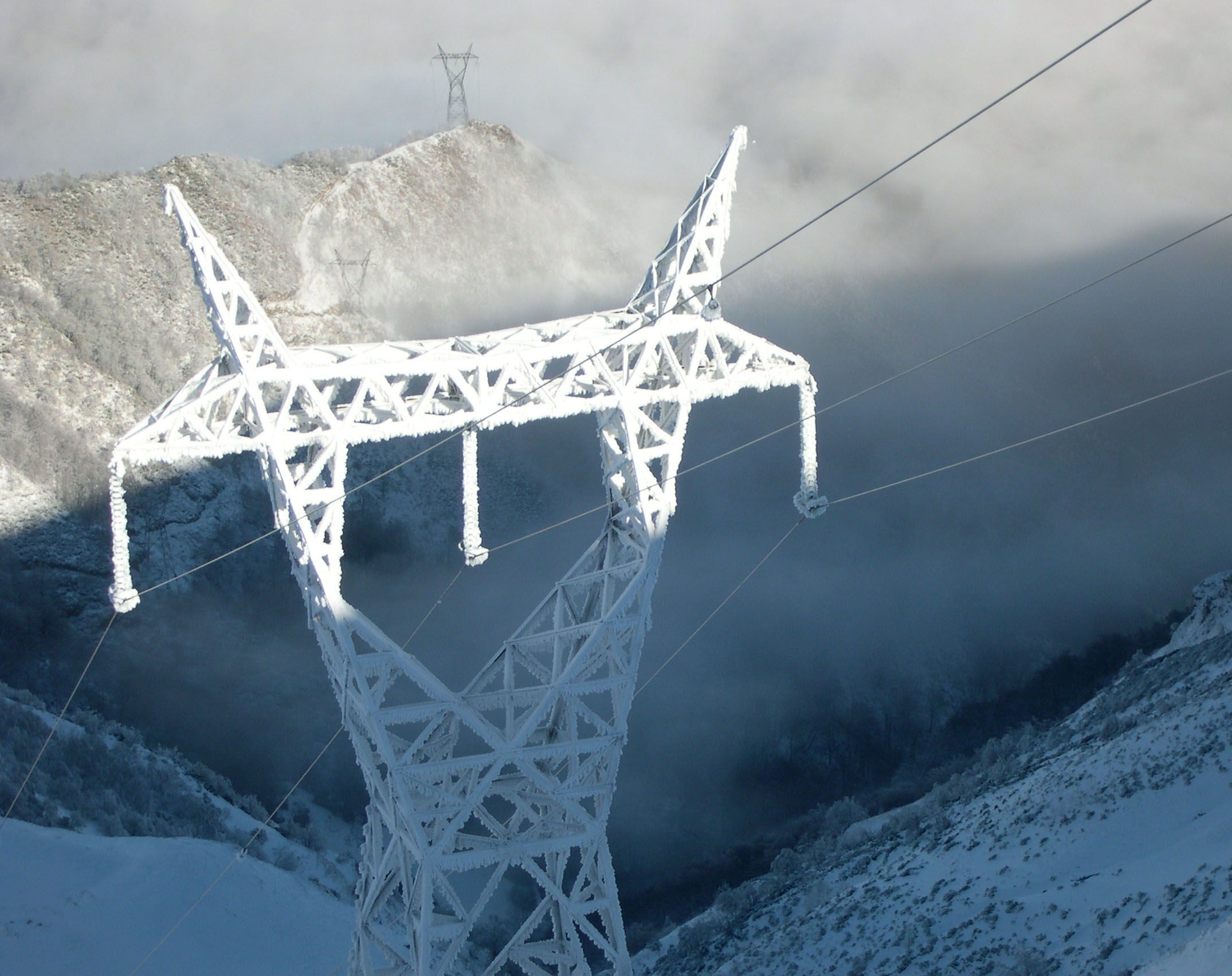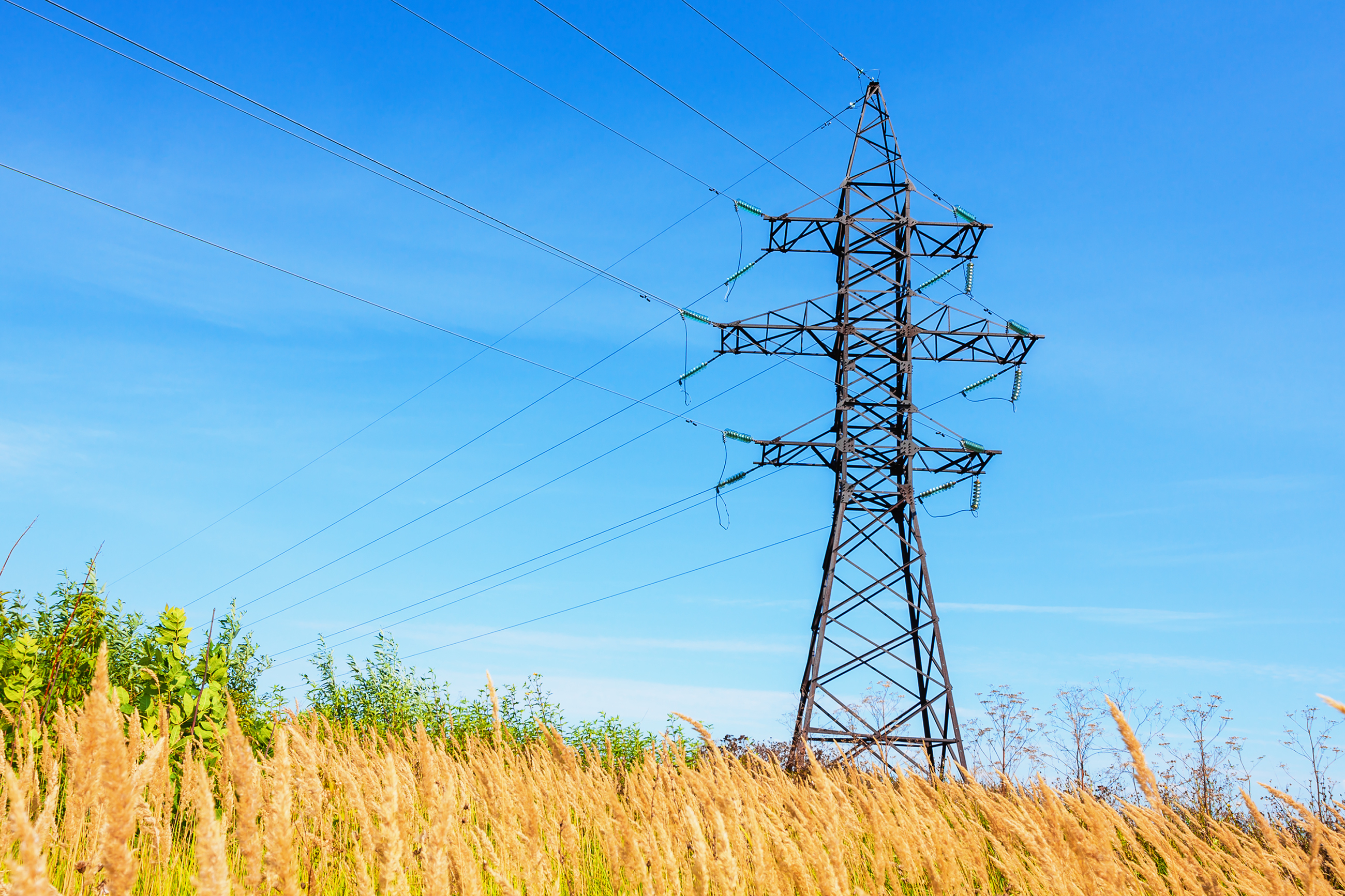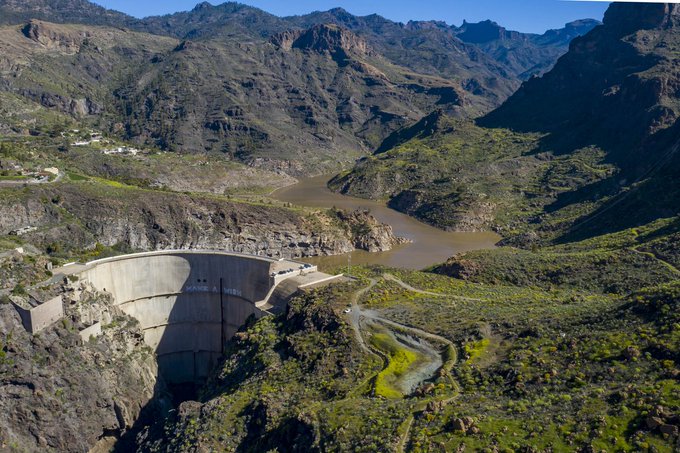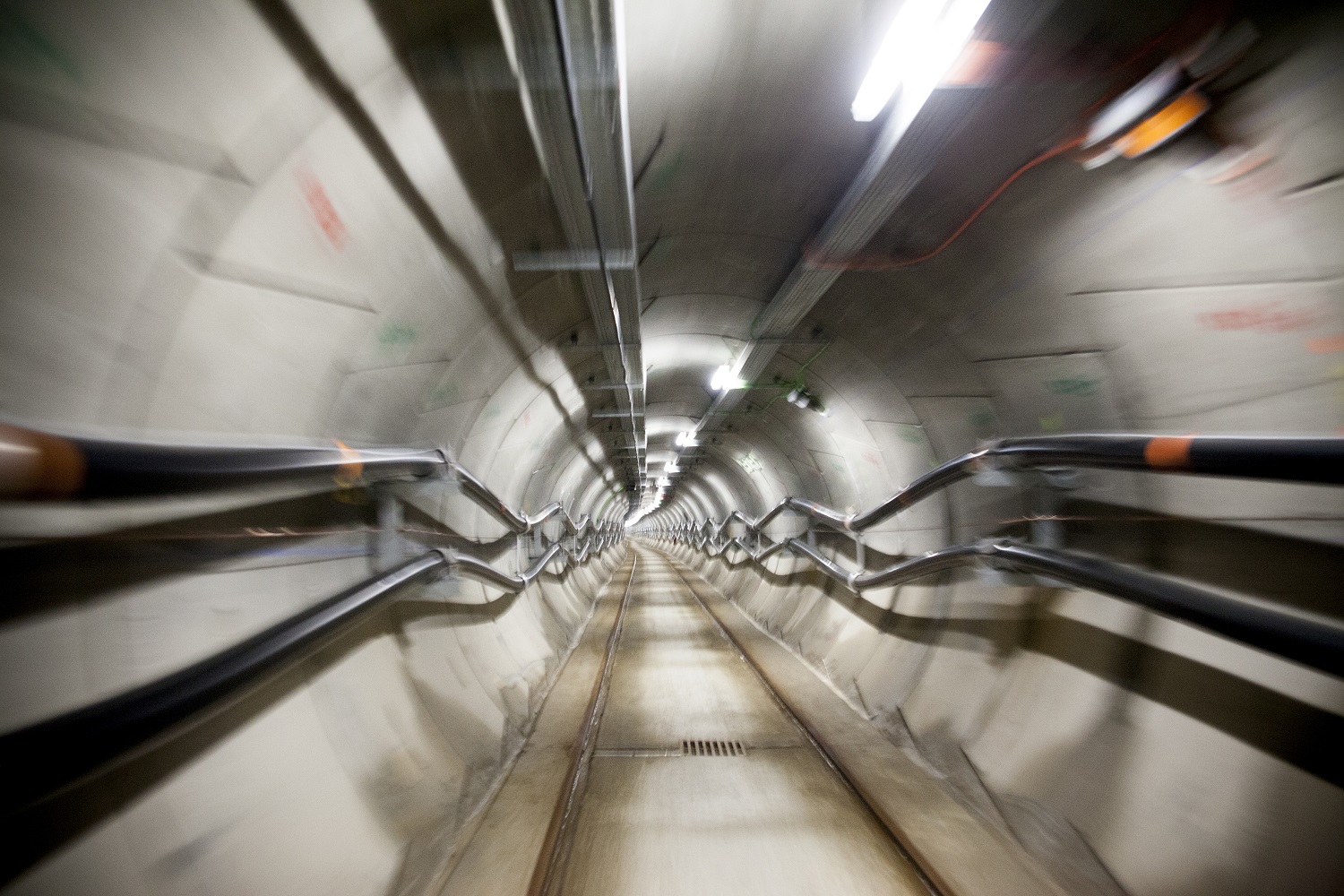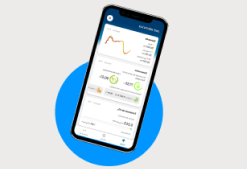For 40 years, we've been driving our country's economic and social progress. Four decades shaping Spain.
The Law currently governing the structure and operation of the electricity sector is Law 24/2013, of 26 December, on the Electricity Sector. It is the main regulation governing Red Eléctrica's activities and assigns it the role of sole transmission agent in exclusivity, as well as the role of electricity system operator and transmission grid manager.
Said Law also governs the fundamental aspects of the transmission grid planning process. In particular, it establishes the binding nature of the development plans for the transmission grid, which cover periods of six years. Planning is done by the State’s General Administration, with Autonomous Communities participating in the process, and is approved by the Government and is subject to the Congress.
As regards access and connection to networks, Law 24/2013 regulates the general framework and is supplemented by Royal Decree 1183/2020 of 29 December on access and connection to electricity transmission and distribution grids. CNMC Circular 1/2021, which establishes the methodology and conditions for access and connection to the transmission and distribution grids of electricity generation facilities, and CNMC Circular 1/2024, which establishes the methodology and conditions for access and connection to the transmission and distribution grids of electricity demand facilities, further support this framework. Royal Decree-law 8/2023 of 27 December, adopting measures to address the financial and social consequences arising from the conflicts in Ukraine and the Middle East, amended RD 1183/2020 to regulate access and connection for demand and other aspects.
Law 24/2013 also establishes the general remuneration principles for electricity transmission activities and the operation of the electricity system. Following the approval of Royal Decree-Law 1/2019, of 11 January, on urgent measures to adapt competences to demands resulting from EU law with regards to Directives 2009/72/EC and 2009/73/EC, the CNMC is the body in charge of establishing the methodology to calculate the remuneration of these activities.
The remunerative parameters for transmission activities are fixed for periods of six years. The current regulatory period 2020-2025 consists of the following circulars:
With regards to remuneration for the system operator, the circular governing this remuneration is Circular 4/2019, of 27 November, outlining the methodology for the remuneration of the electricity system operator, which establishes 3-year regulatory periods. This circular was amended by Circular 1/2023, of 7 February, on the CNMC.
At the regulatory level, the electricity sector’s activities, including transmission and system operation, are governed and developed by Royal Decree 1955/2000, of 1 December, governing activities related to transmission, distribution, retail, supply and authorisation procedures activities in electric energy facilities. Although this Royal Decree was published to develop the regulatory framework established by the former Law 54/1997, of 27 November, on the Electricity System, it is still in force, with several amendments, to this date.
The electricity sector regulation has specific regulations for non-mainland territories. In this regard, Law 17/2013, of 29 October, is relevant to ensure the supply and increase of competition in island and non-mainland systems, whereby Red Eléctrica, acting as system operator of these electricity systems, is the owner of the new pumping facilities, provided it is determined that the main purpose of these facilities is the supply, system security and integration of non-manageable renewable energies.
Last, with regards to the regulatory framework closely linked to the energy transition, it is worth noting that the Energy and Climate Strategic Framework, which includes key elements such as the Spanish Integrated Energy and Climate Plan (in Spanish, PNIEC) and Law 7/2021, of 20 May, on climate change and energy transition, which sets a climate neutral target for 2050.



